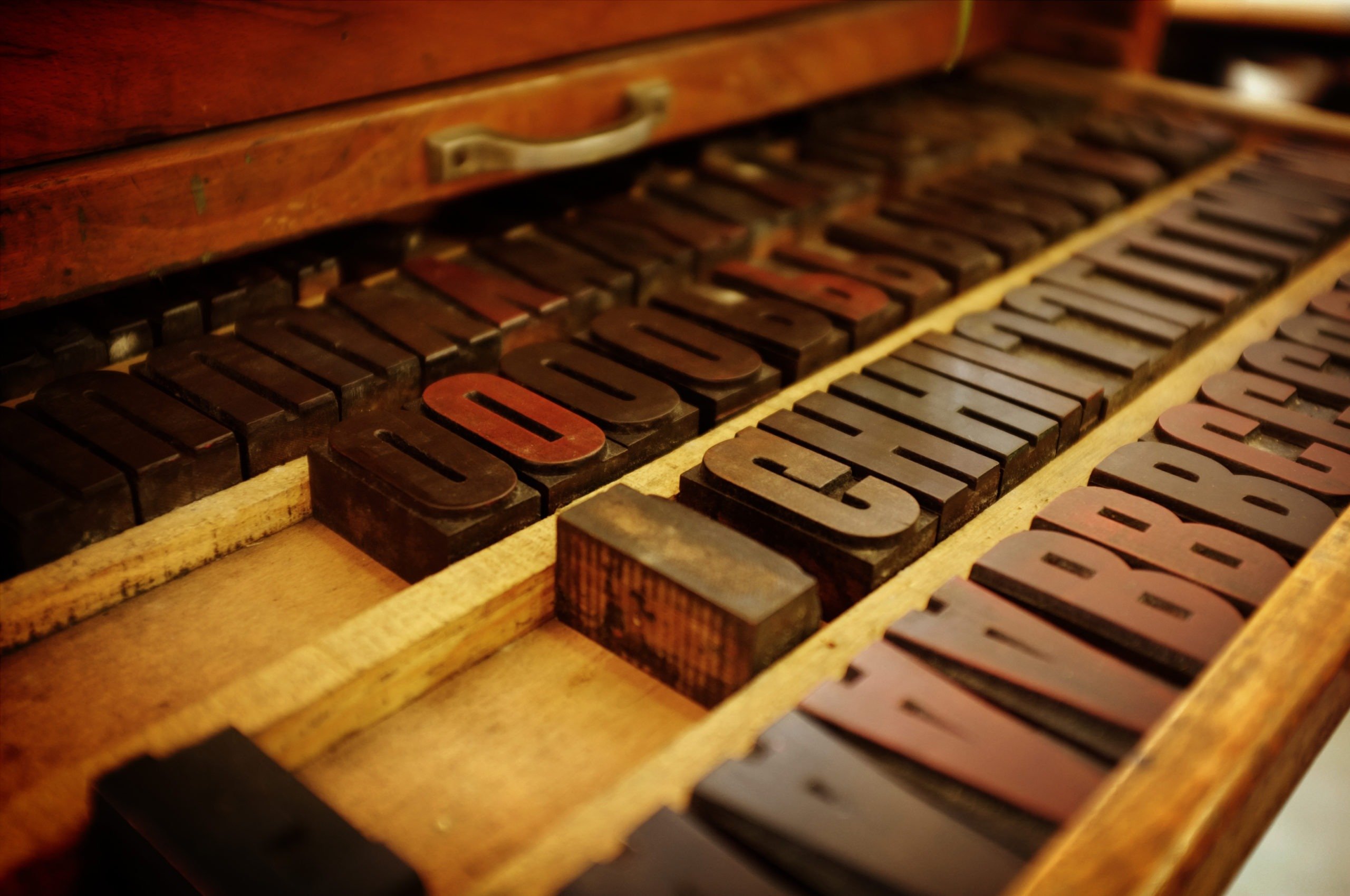Firstly what are design principles?
It’s important to know that there are no fixed rules. Essentially, design principles should be one or a set of considerations that help designers make and sense check their design decisions. It serve as a guide for how they conduct their professional practice.
How did we approach this challenge of creating our own?
Well with these being principles, they first and foremost need to be, well, principled. During my career, I’ve been exposed to countless company brand guidelines and values. Enough for me to be confident to know what form these must take to be workable, and add value to the Angry Creative brand/team. It was also really important that even though these are specifically our design principles (to aid our design team), they also need to compliment and support Angry Creative’s core mission and strategic goals.
I knew they mustn’t be too fluffy or intangible, to stop them being used out of context. But also not to be so prescribed or restrictive. I didn’t want them to a designer into following a dogmatic framework and closing off creative opportunities. The word ‘holistic’ kept coming to mind. They needed to be used in relation to big picture ideals when working, rather than a textbook solution to specific problems. Essentially a good moral design compass to refer to.
Staying original.
Importantly we restricted ourselves from looking at any other company’s design principles. We wanted to avoid any distortion or influence away from what we believe to be our most important core design beliefs. Part way through the process I was inadvertently exposed to https://principles.design/examples/. This is an excellent source website. It shows some of the most established and respected design principles ever set in stone.
We were incredibly glad when we discovered this website after creating the initial draft for Angry Creative’s design principles. Firstly, it gave some validation that we were on the right track with our instincts. It showed us that we had many parallels with brands we had a huge amount of respect for. Secondly, if we had found these examples before we drafted ours I think our job would’ve actually been harder. We would’ve been concerned that what we were creating had been influenced – even by osmosis by these world-class examples.
Here are our Design Principles V1.
How will having these help Angry Creative?
Design principles will provide our design team with a holistic guideline to making good decisions at any stage during a project or products lifespan. Maybe not all of them,all of the time, but they have their place within key moments of the design process. Here’s some real-world examples demonstrating this theory.
Scenario 1
You’ve been asked to make the messaging on a design bolder on an already busy landing page design. You could easily make this change but you know it’s a suspect call. Remembering that as a designer we ‘Strive for flow’. It will force you to approach this client’s request from a new angle. You may even offer an alternate solution.
Scenario 2
When something an on boarding client has asked for could be a problem for someone in the team down the line, it’s our responsibility as designers to flag it down. Even if it’s contrary to what the client demands. This is where remembering to ‘Do the right thing’ will give team members confidence in communicating this.
Scenario 3
Are there two sign-ups doing the same thing in a viewport? Is a headline and sub-headline saying the same message? Will an infographic communicate something better than lots of words on a page? Asking this type of question is ‘Simplicity not Complexity’ at work.
Scenario 4
Is it a good design choice to make all your web buttons colour match a clients branding colours? Seems logical right? But if those brand colours are a problem for people with low vision or colour blindness, then it’s not a good call. By actualising that ‘Users are People’, it will help you relate to peoples unique requirements and not just seeing a statistic in some research.
Scenario 5
If you know a killer Sketch or CS shortcut, share it with a colleague. Don’t just assume they know. Or maybe you used a great analogy to explain something in a meeting. Remember it in case that scenario comes up again. Learning to recognise, reuse, and share good design practice is the essence of ‘Consistency in the good’.
So you get the idea. We’re not perfect designers and I believe these principles should always be open to review. There’s always room to add more as we grow. Just like in life, you can’t fake principles all you can do is try your best to live by them.



